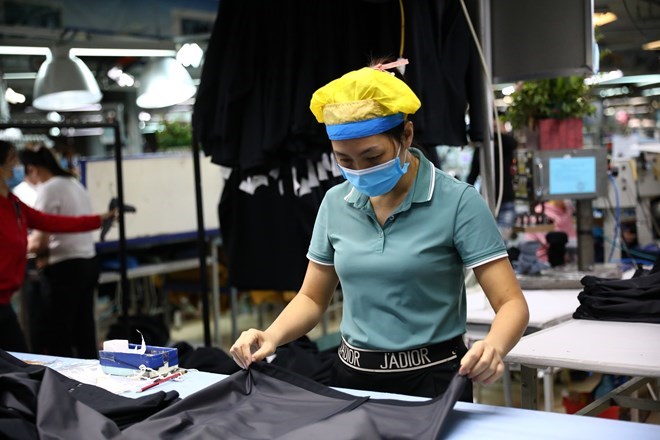
Textile boldly increases export target
Mr. Truong Van Cam - Vice President and General Secretary of the Vietnam Textile and Apparel Association (VITAS) - said that currently, the economic situation in Vietnam's major textile and garment import markets is showing signs of recovery, the demand for textiles and garments is higher than in 2023, and the Vietnamese textile and garment industry is showing many clear signs of improvement.
Not only has the export market improved, the Government and ministries, departments and sectors also have many policies and solutions to support manufacturing industries, including the textile and garment industry in particular, creating opportunities to recover domestic production and services. In particular, significantly reducing bank lending interest rates is a practical solution that has a positive impact on industries.
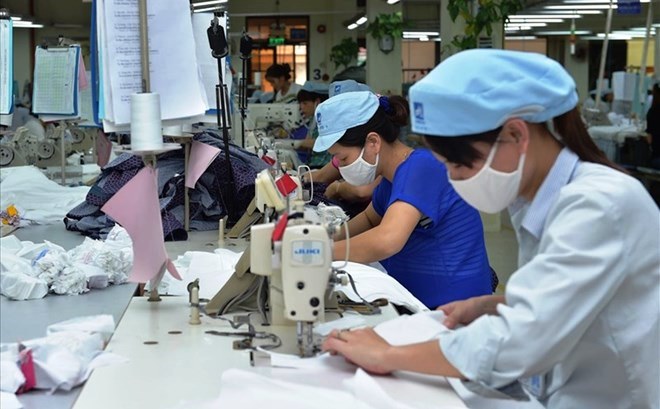
“The lending interest rate level in Vietnam has now decreased significantly, helping to reduce the pressure on interest costs on businesses. The current government support policies for businesses may be extended into 2024. In particular, the approved Strategy for the development of Vietnam's textile, garment and footwear industry to 2030, with a vision to 2035, will be one of the major advantages,” Mr. Cam emphasized.
From those optimistic signals, VITAS set a target of striving to increase the industry's export turnover in 2024 to 44 billion USD, an increase of 9.2% compared to 2023.
According to Mr. Huynh Van Choi - Chairman of the Trade Union of Viet Hung Joint Stock Company (HCMC), the company's order situation has improved and the enterprise has signed a contract until the end of January 2024.
Ms. Phan Thi Thien - Chairwoman of the Trade Union of Long Cuong Production, Trade and Service Company Limited - also excitedly shared: Currently, the enterprise has signed an export order until the end of 2024.
In industrial parks in Thu Duc (HCMC), Binh Duong, Dong Nai, Bac Giang ... many businesses also said that they have had export orders in the first quarter of 2024.
Solutions to achieve growth targets
To achieve the export target of 44 billion USD in 2024, VITAS believes that it is necessary to implement 5 main solutions: sustainable development investment, market expansion, technology supply development, investment capital, and human resource training.
In particular, with solutions for sustainable development investment, VITAS will attract high-tech weaving-dyeing-finishing projects to industrial parks, invest in the production of new materials of natural origin, environmentally friendly as well as develop the textile and garment fashion industry.
For market solutions, continue to diversify the supply of raw materials and expand export markets. Strengthen linkages to gradually shift from processing (CMT) to FOB, ODM, OBM and focus on developing brands and new products...
Regarding the solution to train high-quality human resources for administration, technical management, new technology application design, digital transformation, green transformation, Mr. Cam affirmed: "The textile and garment industry builds a human resource strategy in improving production management capacity, value chain, training human resources for universities, colleges and vocational schools".
According to VITAS Chairman Vu Duc Giang, 2023 is the most difficult period in the history of textile and garment exports, especially in terms of markets and orders. However, in the context of general difficulties, the export turnover of the textile and garment industry in 2023 still reached 40 billion USD, a breakthrough, showing the great efforts of the business community.
VITAS also assessed that the textile and garment industry continues to face major challenges in terms of market requirements. In particular, the application of the EPR (Extended Producer Responsibility) and CBAM (Carbon Border Adjustment Mechanism) mechanisms as well as the “Sustainable Fashion” Strategy instead of “Fast Fashion” requires the domestic textile and garment industry to quickly and comprehensively change to meet increasingly stringent global requirements.
Source



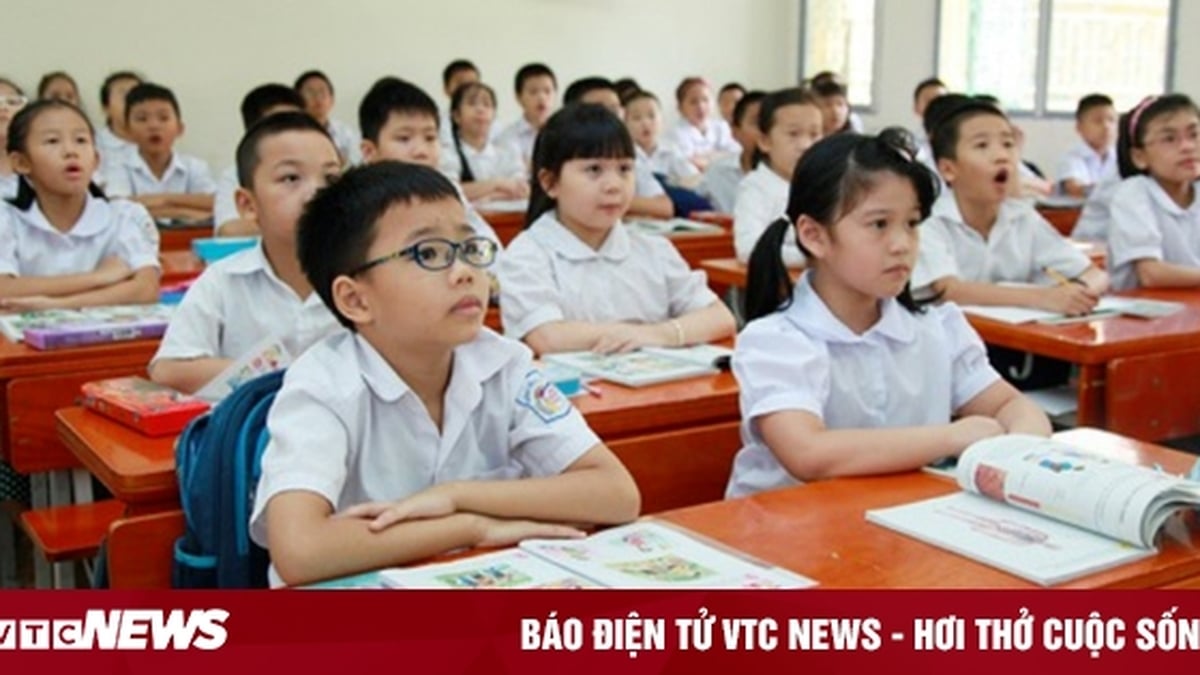
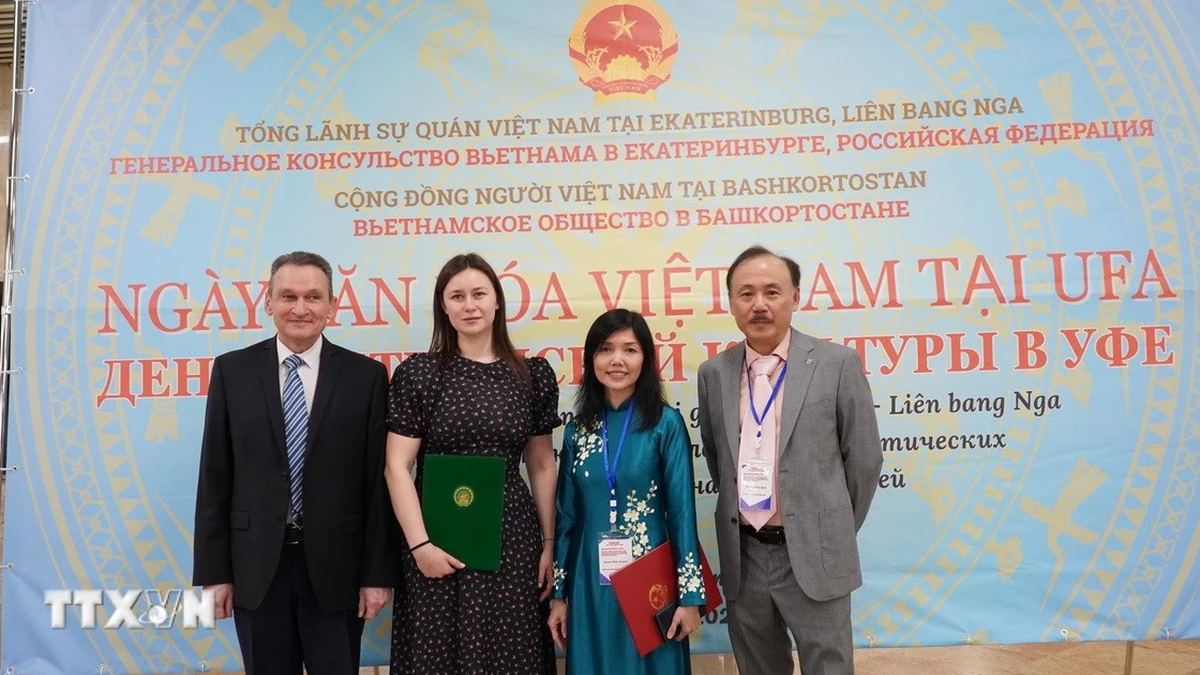
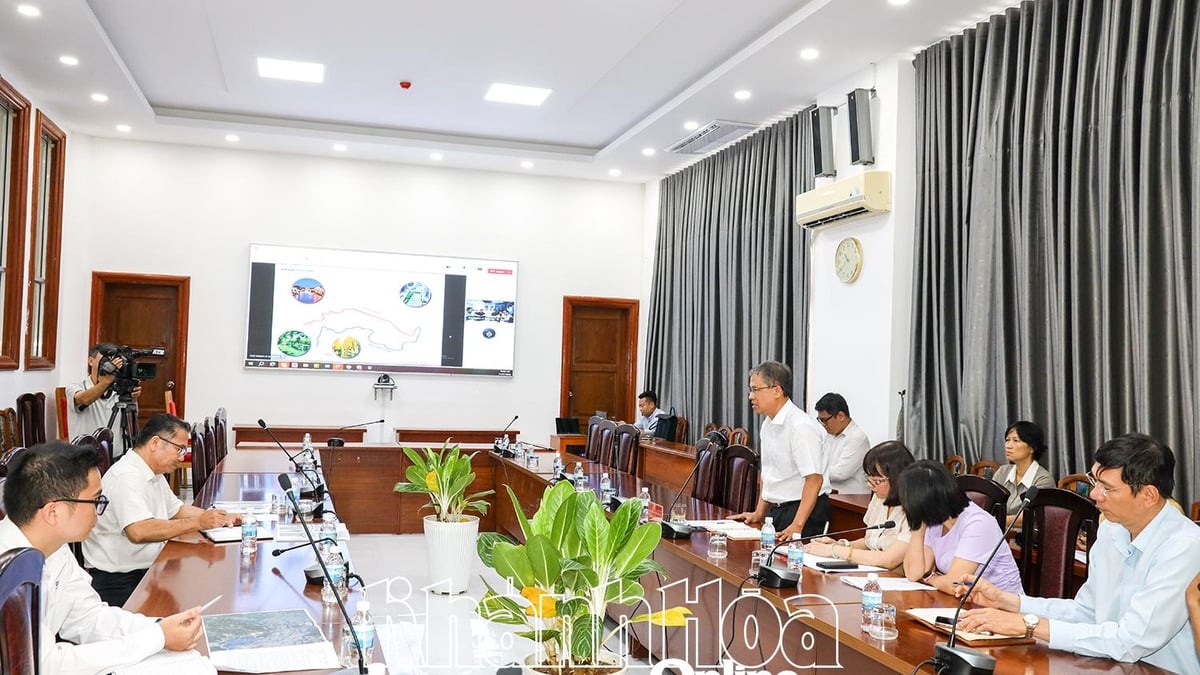


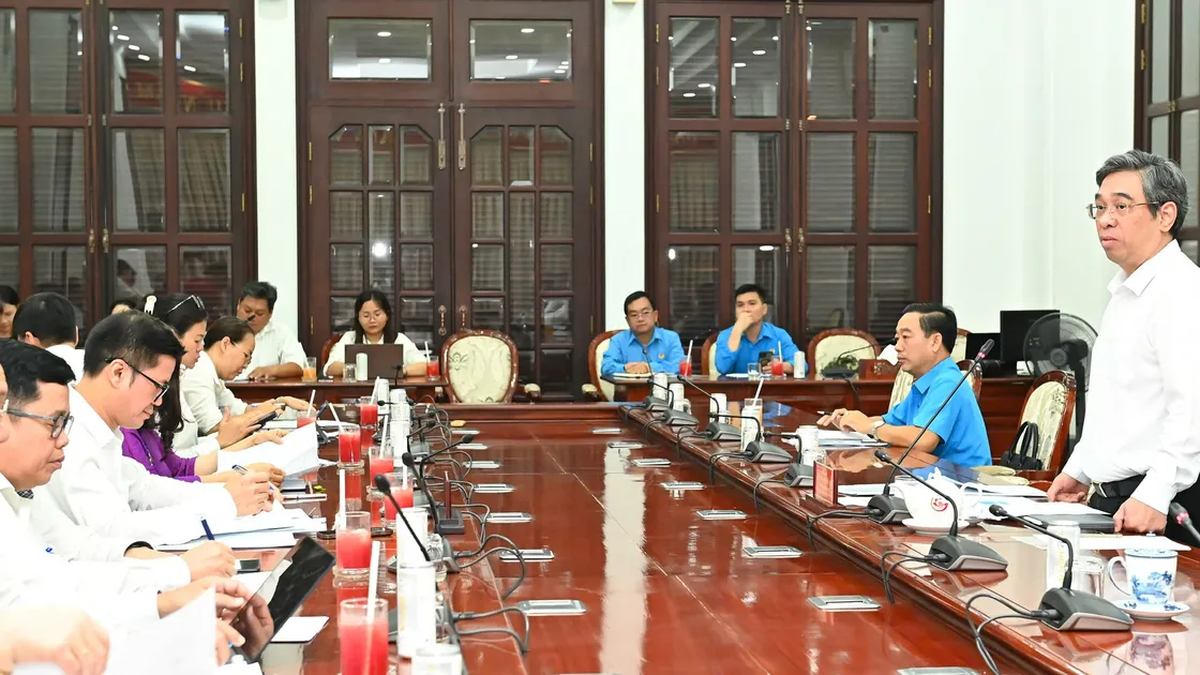

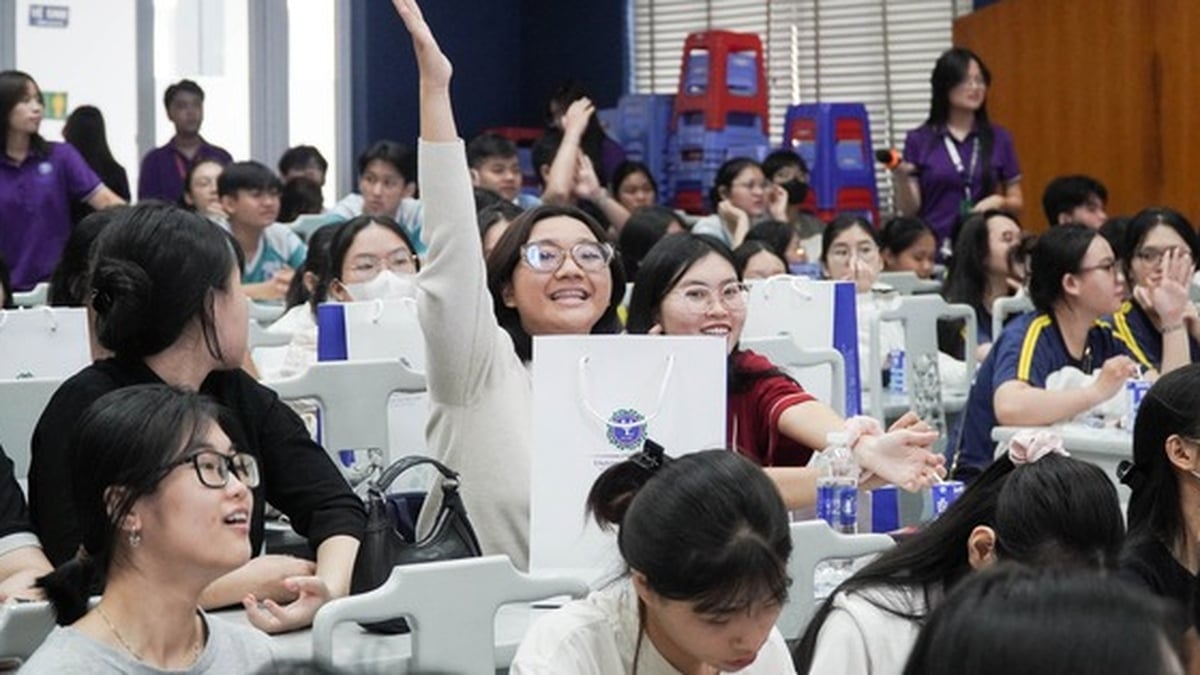
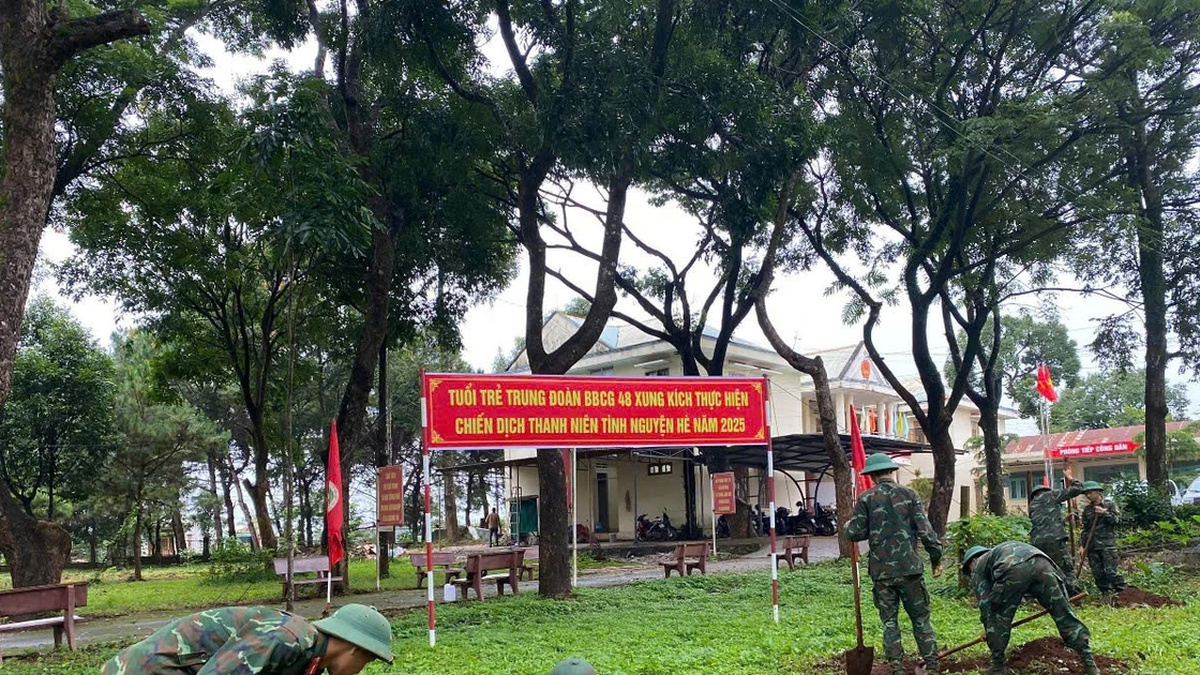










![[Photo] National Assembly Chairman Tran Thanh Man visits Vietnamese Heroic Mother Ta Thi Tran](https://vphoto.vietnam.vn/thumb/1200x675/vietnam/resource/IMAGE/2025/7/20/765c0bd057dd44ad83ab89fe0255b783)















































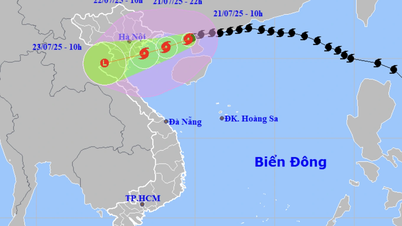
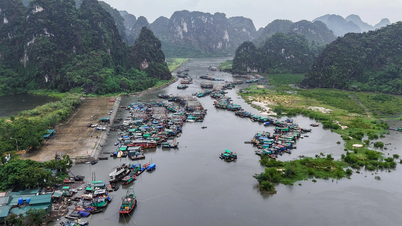





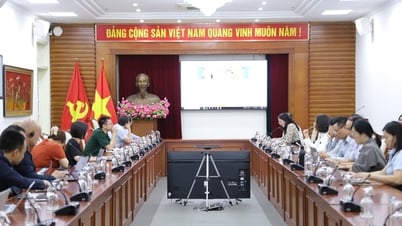
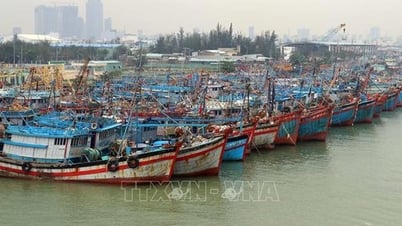





















Comment (0)